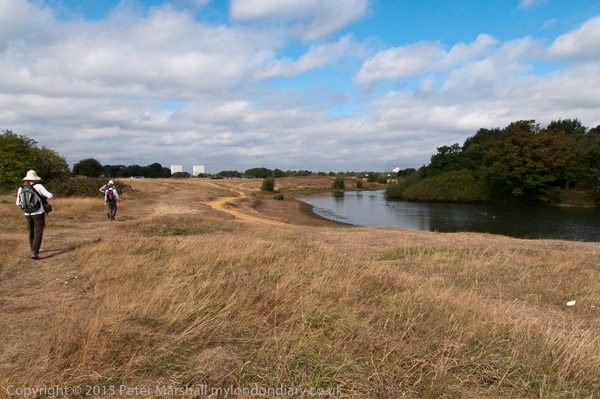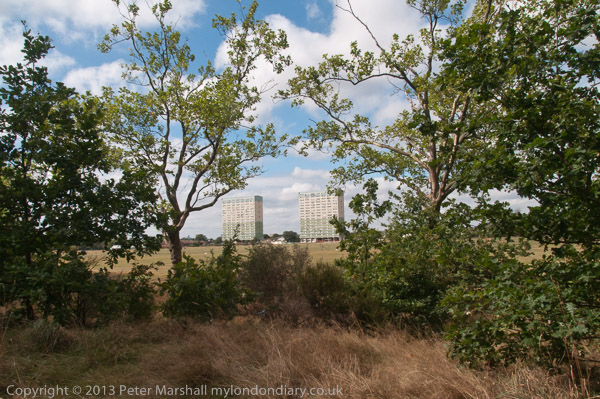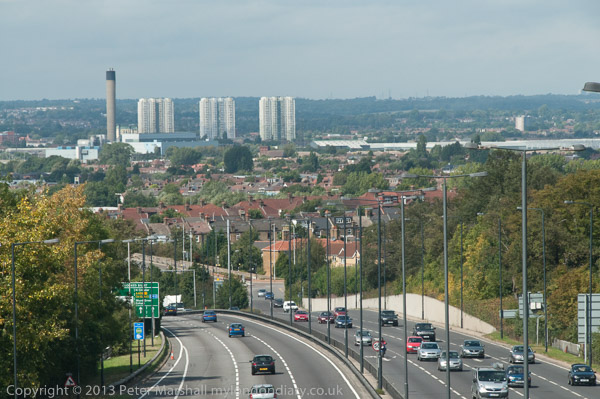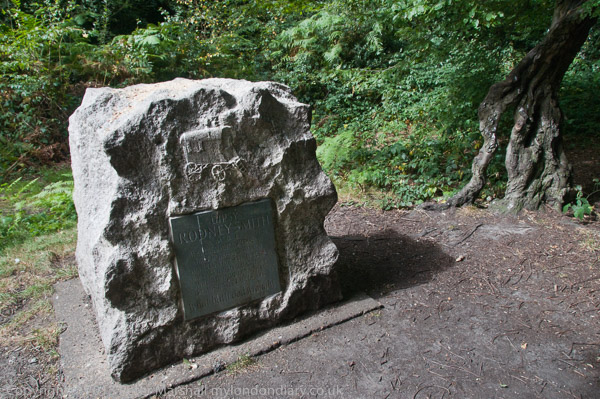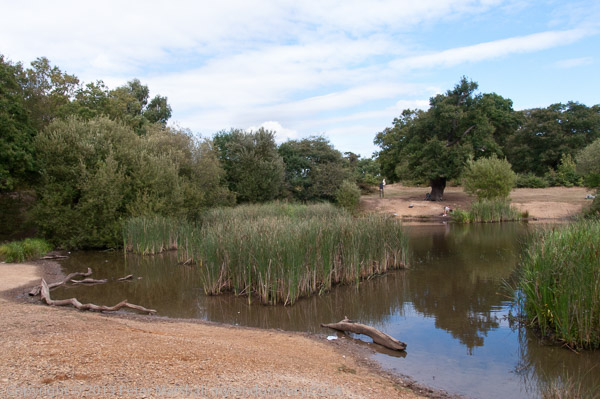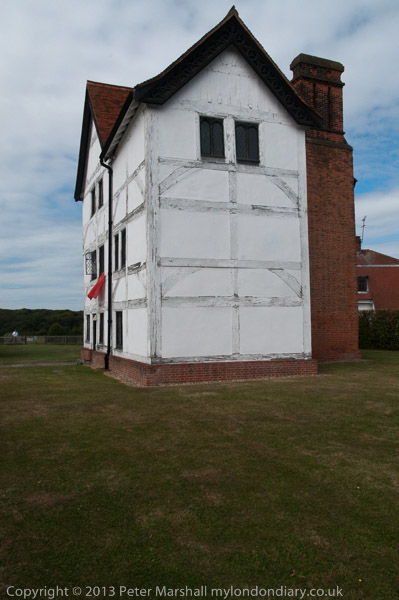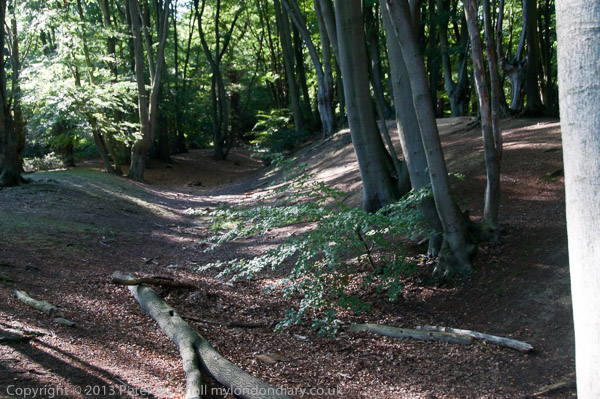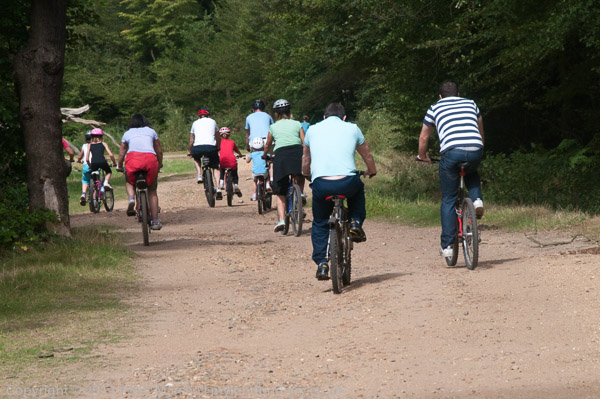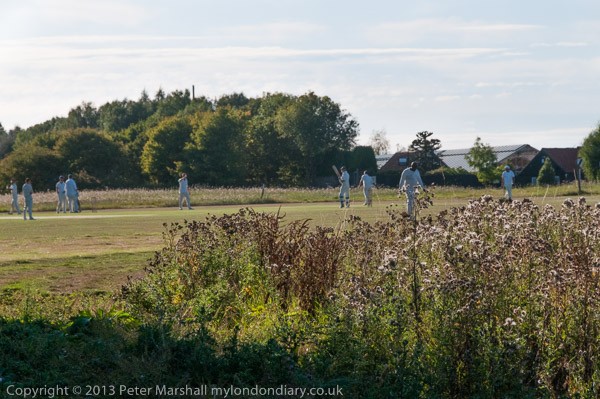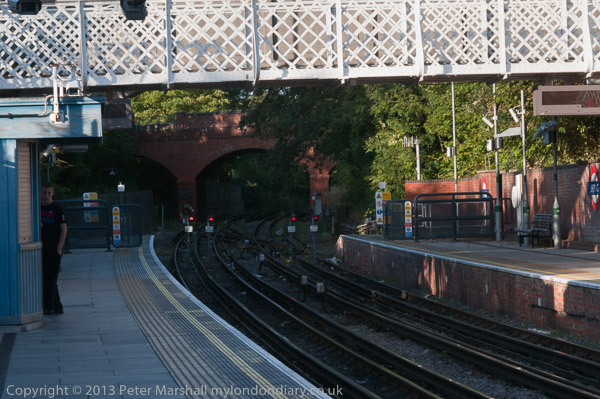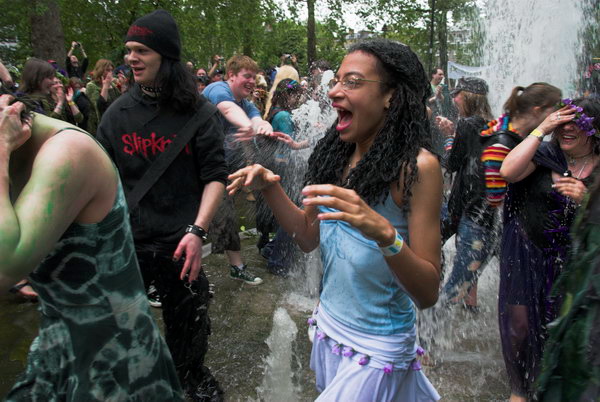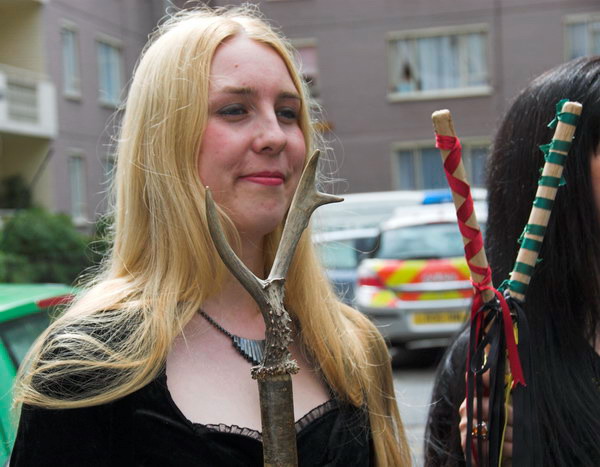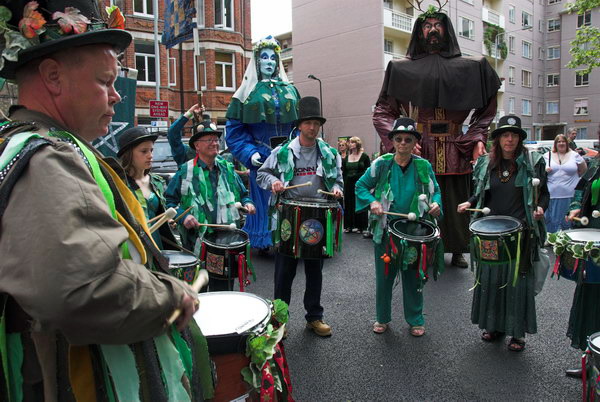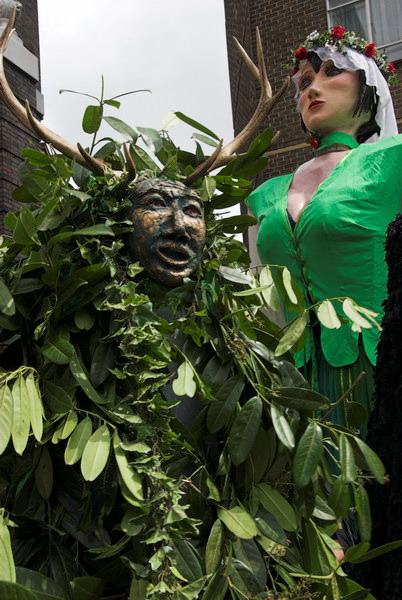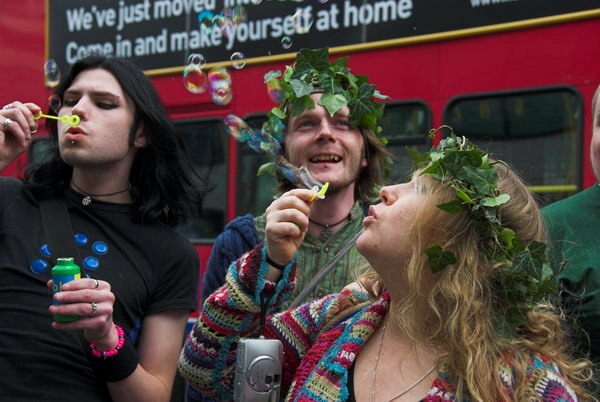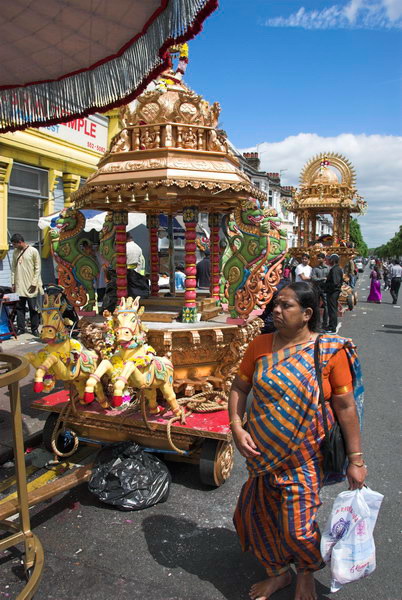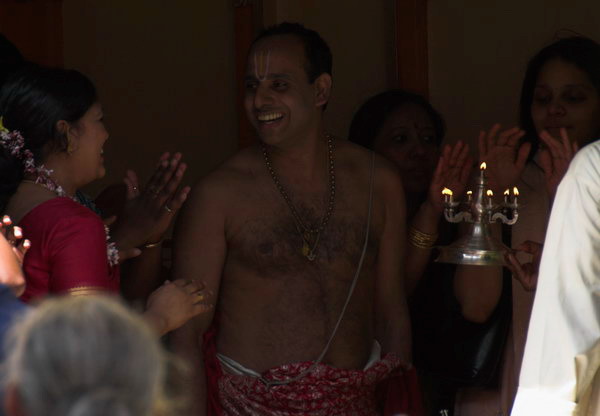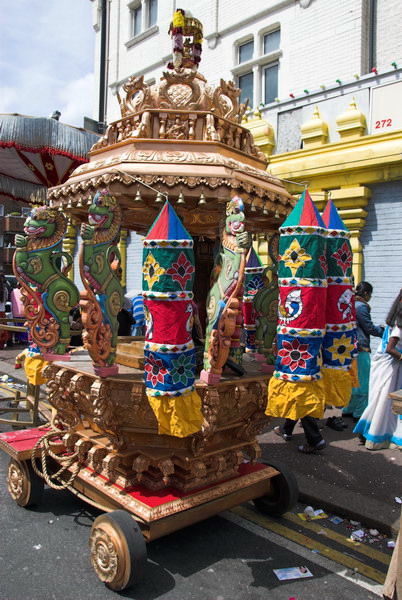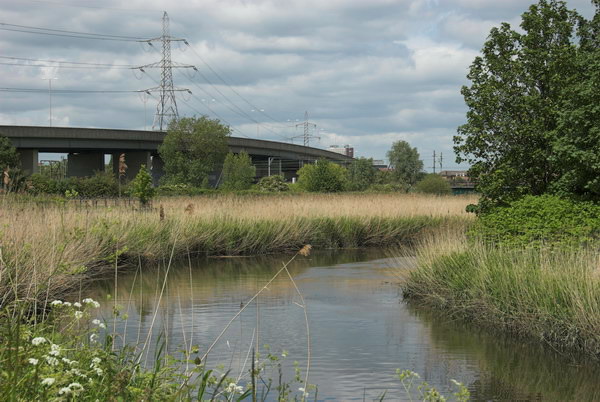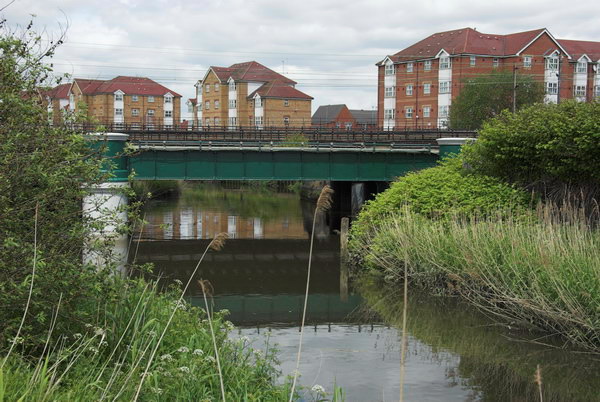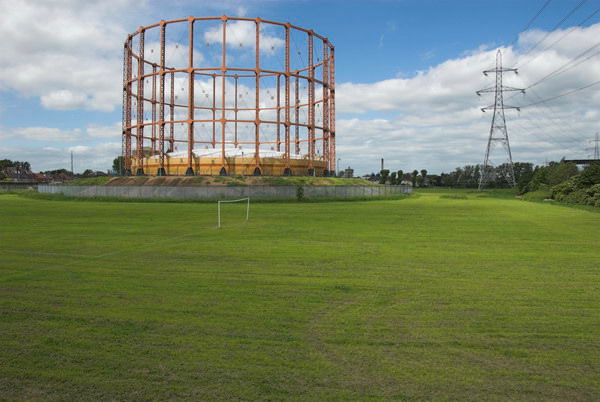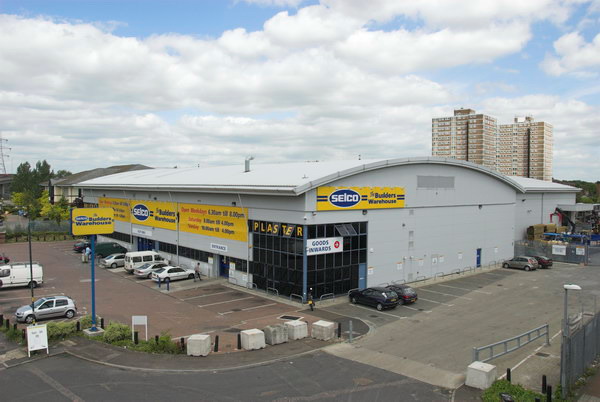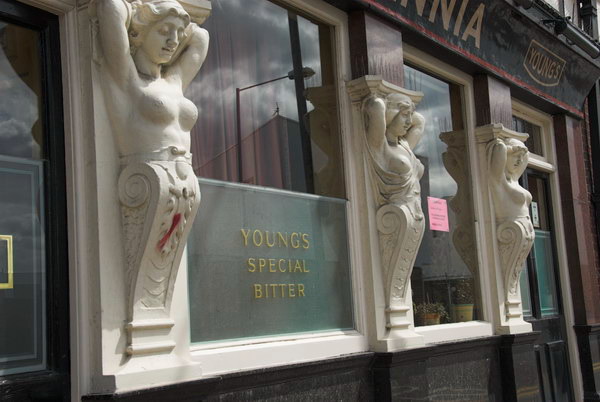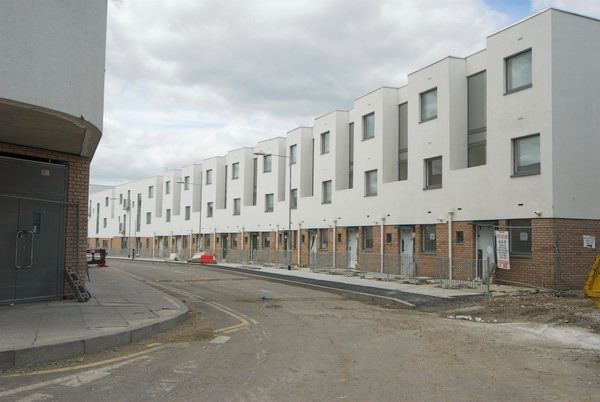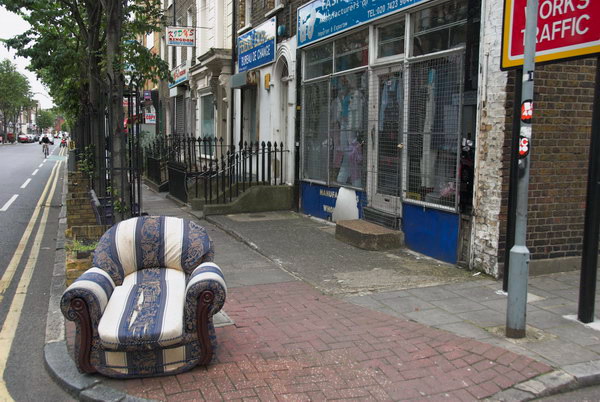Redbridge 1995 Colour: Redbridge is one of the boroughs in the north-east of London and not one that I visit very frequently. The only major town in the borough is Ilford, and had they called the borough that more people would know where it is.
Instead they named it after an area in the suburbs of Ilford, which got its name from a red brick bridge over the River Roding. It stood out as most other bridges were stone and shades of white. The bridge was demolished in 1921 but the name stuck.
Much of the borough is covered by suburban sprawl, particularly from the interwar years, but significant parts of Essex’s Epping Forest remain, and where the red bridge once stood is now a huge road junction where the North Circular Road (here the South Woodford to Barking Relief Road) intersects with the A12 Eastern Avenue. And a little further north is Charle Brown’s Roundabout where the North Circular and other roads lead to the M11 in a complex interchange. The name came from the landlord of a pub, The Roundabout, demolished in 1972 to build M11 slip roads, and has no link to the more famous Limehouse pub.
The extension of the Central Line of the London Underground system to here – the Hainault Loop – was held up by the Second World War but opened in 1947 with some fine stations including https://en.wikipedia.org/wiki/Gants_Hill_tube_station Gants Hill whose underground concourse between the platforms is often said to be inspired by the Moscow Metro.
It was designed by Charles Holden, better known for his 1930s stations on the Piccadilly and other lines, and who was doubtless responsible in part for the advice given to Moscow in the early 1930s. In turn London Transport produced a report on the Moscow system and decided to build an underground Underground station on similar lines, designed by Holden.
Unlike his earlier stations, Gants Hill is almost entirely underground, with its ticket hall below the Gants Hill roundabout on Eastern Avenue. The line follows Eastern Avenue to the station after Gants Hill, Newbury Park where it comes to the surface and turns north until it exits the borough of Redbridge at Grange Hill.
I think all the the pictures I made in 1995 were made on walks beginning and ending either at Ilford (on the District line) or stations on the Central Line, including South Woodford, Redbridge and Gants Hill.
Flickr – Facebook – My London Diary – Hull Photos – Lea Valley – Paris
London’s Industrial Heritage – London Photos
All photographs on this page are copyright © Peter Marshall.
Contact me to buy prints or licence to reproduce.



















